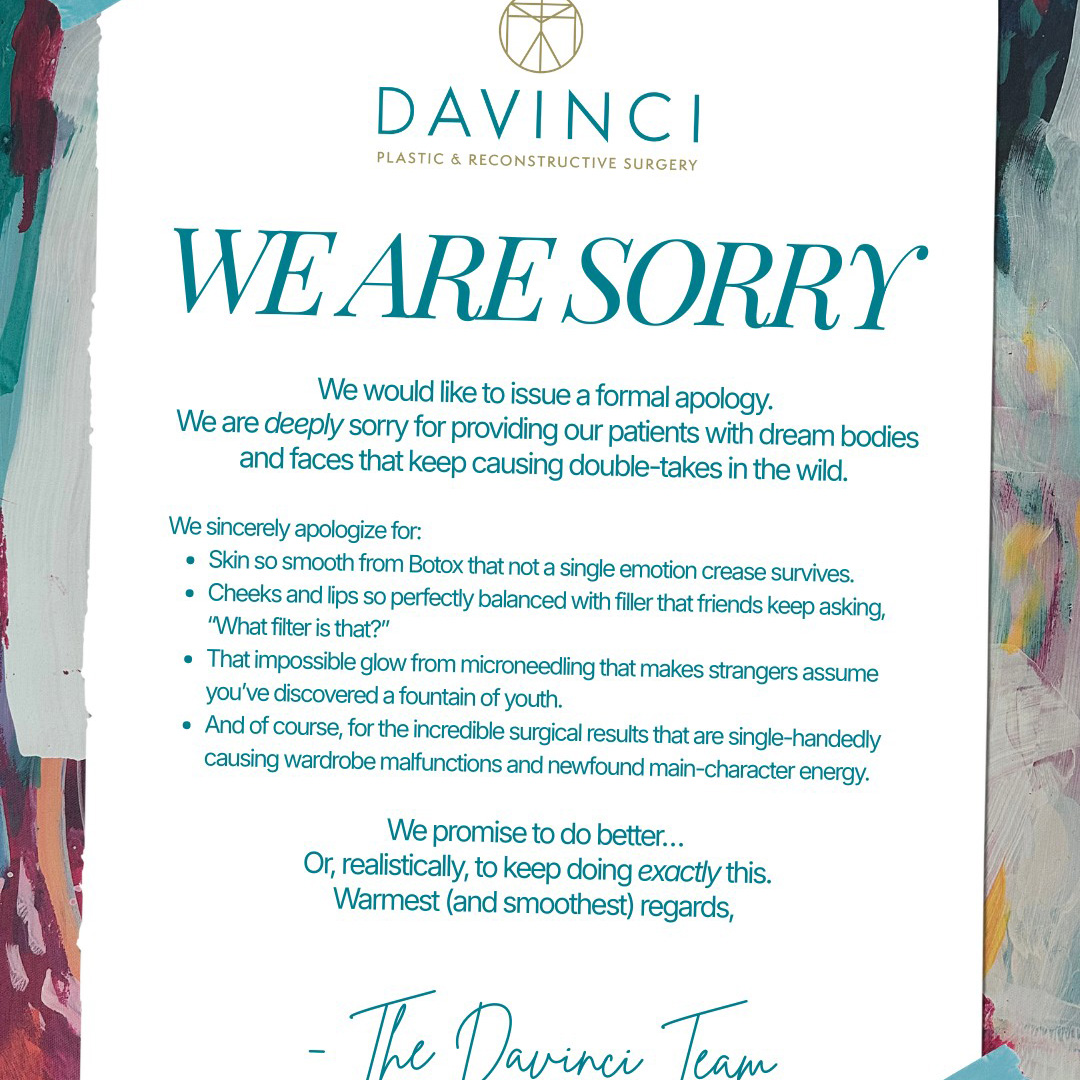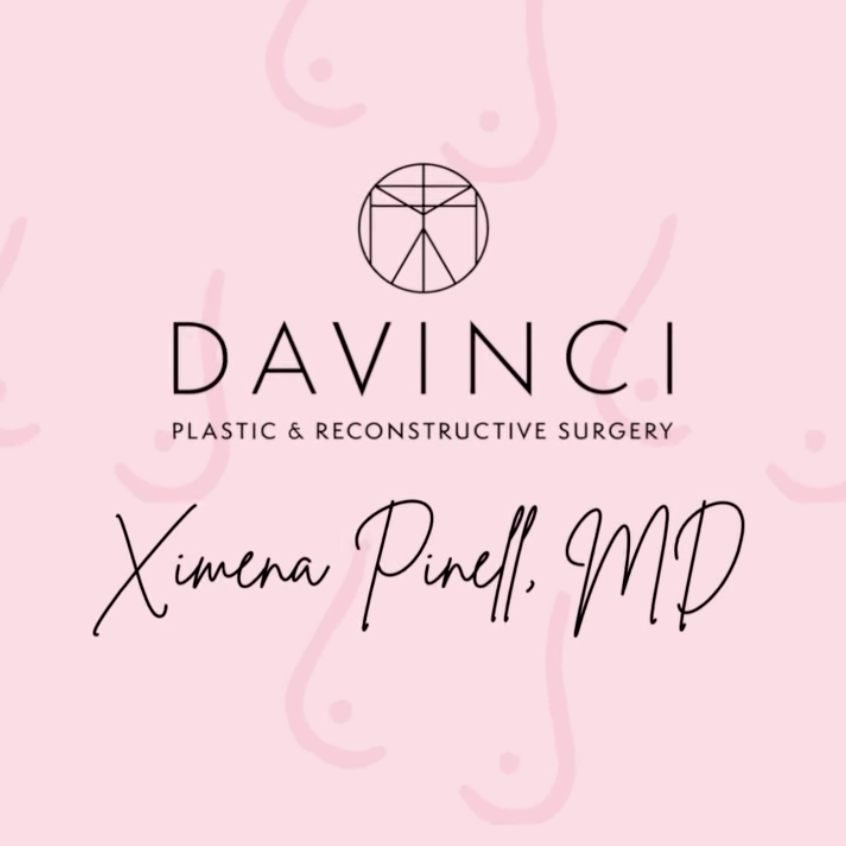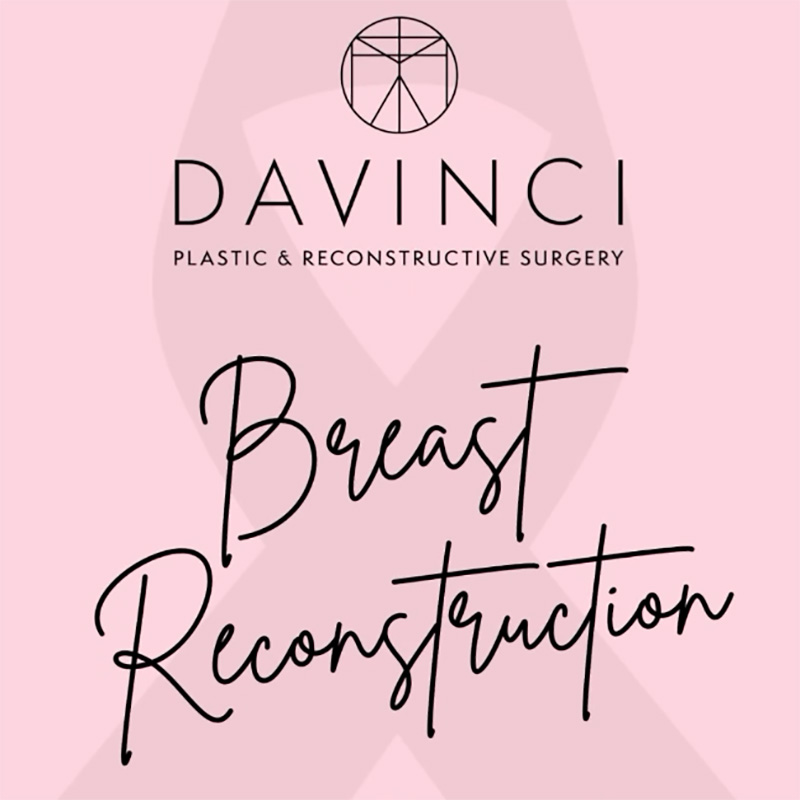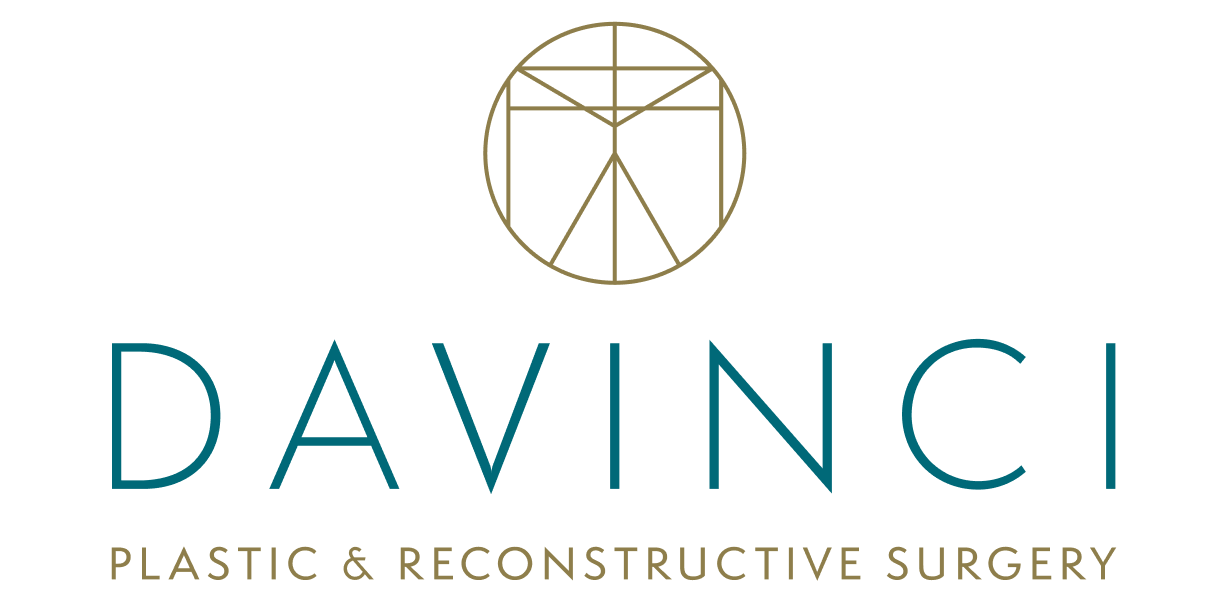Posted July 16, 2018 in Breast Augmentation, Breast Augmentation Body Cosmetic Surgery
3 minute read
Capsular contracture is one of the most common complications of Breast Augmentation. It is the hardening of the breast area around the implant so that the tissue tightens. Depending on the degree of capsular contracture, the breast area becomes uncomfortable and distorts the look of the breast. The highest percentage of women who would experience this, do so within the first 4 years, but it can also occur many years after the initial Breast Augmentation. Certain kinds of incisions have lower rates of capsular contracture, as well as submuscular placement of the implant, rather than subglandular.
There are many studies that propose different ways to reduce the incidence of capsular contracture. One of them is a recent study that demonstrates using a Keller funnel for a statistically significant decrease in capsular contracture when employing a periareolar incision to place the impant. The rate of capsular contracture occurrence is highest within the first year when using a periareolar incision, so this istudy provides a welcome bit of information, and a confirmation to the Keller funnel enhancement to the “no touch” method that use.
When placing a breast implant using a periareolar incision, the cut is made along the circumference of the areola. This incision method is usually chosen because the incision scar blends right in with the demarcation line of the areola. The periareolar incision is the second most common incision site chosen by my patients, with the most common being along the inframammary fold (the bottom crease of the breast).
However, with the periareolar incision, the implant has higher chances of being exposed to bacteria from the milk ducts and skin. This creates a biofilm around the implant and inflammation, ultimately leading to a higher chance of capsular contracture. “No touch” techniques where there is no patient skin contact or surgeon glove contact on the breast implant has reduced the chances of implant exposure to unwanted bacteria. This lessens the possibility of complications.
The use of a Keller funnel for inserting the implant takes the “no touch” technique to another level. It is a mechanical insertion device developed in 2009 as an alternative to hand placement of the breast implant into the chest pocket. The Keller funnel is sized to fit the implant exactly. Once the funnel is lubricated, the implant is poured directly from the packaging through the funnel where it advances down into the pocket in the chest. The Keller funnel shields the implant from any bodily contact until it rests inside its final location in the breast.
Since there is a higher incidence of capsular contracture in patients who’ve chosen a periareolar incision for their Breast Augmentation, I’m pleased to offer the advanced “no touch” technique of employing the Keller funnel for placing the breast implants. As this new study demonstrates, this will result in less incidence of capsular contracture for my patients. Visit www.davinciplastic.com to schedule a consultation for your Breast Augmentation.
Steven Davison M.D.
Board Certified Plastic Surgeon








